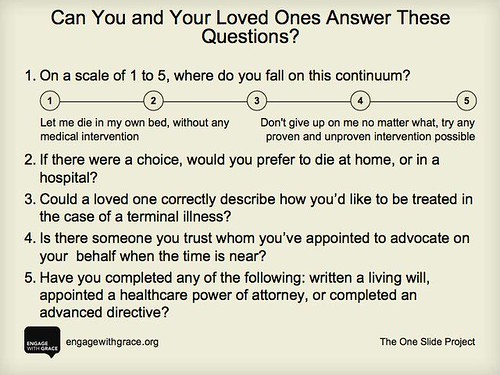The two regulations are part of the implementation of the EHR incentive programs for physicians and hospitals enacted under the HITECH provisions of the American Recovery and Reinvestment Act of 2009 (ARRA). CMS issued a proposed rule outlining the
For more details see the following CMS Press Release.
- CMS Proposes Requirements for the Electronic Health Records (EHR) Medicaid Incentive Payment Program
- CMS Proposed Requirements for the Electronic Health Records (EHR) Medicare Incentive Program
- CMS Proposes Definition of Meaningful Use of Certified Electronic Health Records (EHR) Technology
Medicare and Medicaid Programs; Electronic Health Record Incentive Program
AGENCY: Centers for Medicare & Medicaid Services (CMS), HHS.
ACTION: Proposed rule.
SUMMARY: This proposed rule would implement the provisions of the American Recovery and Reinvestment Act of 2009 (ARRA) (Pub. L. 111-5) that provide incentive payments to eligible professionals (EPs) and eligible hospitals participating in Medicare and Medicaid programs that adopt and meaningfully use certified electronic health record (EHR) technology. The proposed rule would specify the-- initial criteria an EP and eligible hospital must meet in order to qualify for the incentive payment; calculation of the incentive payment amounts; payment adjustments under Medicare for covered professional services and inpatient hospital services provided by EPs and eligible hospitals failing to meaningfully use certified EHR technology; and other program participation requirements. Also, as required by ARRA the Office of the National Coordinator for Health Information Technology (ONC) will be issuing a closely related interim final rule that specifies the Secretary’s adoption of an initial set of standards, implementation, specifications, and certification criteria for electronic health records. ONC will also be issuing a notice of proposed rulemaking on the process for organizations to conduct the certification of EHR technology.
Health Information Technology: Initial Set of Standards, Implementation Specifications, and Certification Criteria for Electronic Health Record Technology
AGENCY: Office of the National Coordinator for Health Information Technology,
Department of Health and Human Services.
ACTION: Interim final rule.
SUMMARY: The Department of Health and Human Services (HHS) is issuing this interim final rule with a request for comments to adopt an initial set of standards, implementation specifications, and certification criteria, as required by section 3004(b)(1) of the Public Health Service Act. This interim final rule represents the first step in an incremental approach to adopting standards, implementation specifications, and certification criteria to enhance the interoperability, functionality, utility, and security of health information technology and to support its meaningful use. The certification criteria adopted in this initial set establish the capabilities and related standards that certified electronic health record (EHR) technology will need to include in order to, at a minimum, support the achievement of the proposed meaningful use Stage 1 (beginning in 2011) by eligible professionals and eligible hospitals under the Medicare and Medicaid EHR Incentive Programs.












